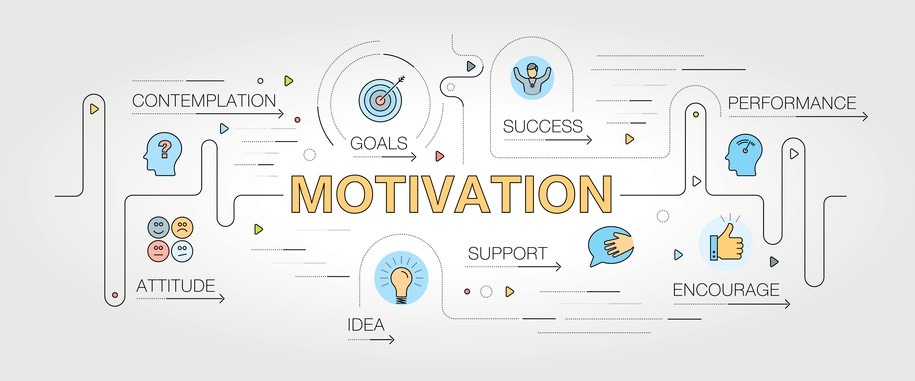Modeling Growth in the Music Classroom
By NAfME Member Ian W. Miller
Ian W. Miller presented on “Modelling Growth in the Music Classroom” during the NAfME 2021 PreK–12 Learning Collaborative in February 2021.
Growth Mindset (Dweck, 1999) is something that music teachers are increasingly finding value in. However, while teachers may encourage and support growth in their classrooms, one of the most successful strategies that I have found in my own teaching for developing a growth mindset in my students is to start by modeling my own growth. I would then seek to actively engage my students’ help in achieving that growth in much the same way I hope they will engage me to support theirs.
Modelling the Growth Process
How I always hoped to encourage my students to view growth in my classroom was as a problem-solving strategy. When you find a difficulty in life, whether musical or not, you analyze the problem and come up with strategies towards achieving measurable growth that will ultimately lead you to reach your goal. The easiest way for me to get students to start seeing their own musical experiences as opportunities for growth was to start modeling those activities where I was seeking growth in my own life. By simply reading this blog post you are actively engaged in growth as a music teacher, but what I hope I can encourage you to do is to consistently share that growth with your students.

One of my favorite activities after returning from a conference or workshop was to spend the first half of class the next day talking about what I did and what I learned with each class. Since I was teaching middle school students, most of my beginner 6th grade students would simply nod their heads, and maybe one or two students would be brave enough to ask a surface level question. By 7th grade, however, students would start to find some common threads: “What concerts did you see? Did you meet any famous composers? Did you bring back any SWAG?”
By 8th grade students would ask me, “So, what are we going to try in class that you picked up this year? What new music did you find? Did you see any new instruments or supplies we should try?” They were actively trying to help me grow (even if they did still want to know where the SWAG was). By looking for trends, identifying structures for growth, and trying to help me devise strategies for support and accountability, students were actively engaged in my growth as a music teacher.
“By looking for trends, identifying structures for growth, and trying to help me devise strategies for support and accountability, students were actively engaged in my growth as a music teacher.”
Once you have discovered ways you can model growth for your students it is much easier to help them start to see many of the same opportunities in their own lives. They will also hopefully see you model resilience when you are struggling, changing strategies, enlisting new resources, etc. By modeling growth for our students, we can provide them with a blueprint for success in the same ways we model musical ideas with an instrument or using our voice. I highly encourage you to give it a try and think about ways you might engage your students by sharing the growth (and growing pains) from your own lives. I have included a few strategies below that I have tried successfully and that others have shared with me.
Strategies for Modelling Growth
- Discuss your own professional development and brainstorm with the class on how you could apply new ideas to your teaching.
- Working on a hitch in your conducting? Ask a different student every day to raise their hand each time you make the same mistake.
- Engage in mutual accountability with a student or students for activities like increased fitness, reading more, less screen time, etc.

iStockphoto.com | FangXiaNuo - Have students journal their daily/weekly growth and share your own with the class.
- Encourage students who have successfully reached a certain point to model and even mentor that growth with younger students in your program.
- Try working on a secondary instrument using class time to model how you practice, and work on your difficulties while engaging students on successful strategies they have tried.
- Model your own difficulties with learning a second language with an ESL student and offer mutual support and accountability.
- Share how you and another (anonymous) teacher in the school disagreed on something and were able to work together to find common ground.
Getting Started
Take a moment to brainstorm an aspect of your own life where you are attempting growth and that you feel comfortable sharing with your students and could engage them in the process. Wait and see if any of your students start applying those same strategies in pursuing their own growth, and I think you may just be pleasantly surprised by what you see. Good Luck!
References
Dweck, C. S. (2006). Mindset: The new psychology of success (1st ed.). Random House.
About the author:
 NAfME member Ian Miller is a PhD student and instructor of Music Education at the University of Colorado Boulder. Before coming to Colorado, Ian was a music teacher in Pennsylvania, New Jersey, and Florida while teaching primarily beginning and intermediate instrumental music since 2012. He holds his Bachelor of Music Education from Rowan University (NJ) and Masters of Music Education from the University of Florida and recently presented on the role of developing a growth mindset to promote resilience in music students at the 2021 NAfME National Conference.
NAfME member Ian Miller is a PhD student and instructor of Music Education at the University of Colorado Boulder. Before coming to Colorado, Ian was a music teacher in Pennsylvania, New Jersey, and Florida while teaching primarily beginning and intermediate instrumental music since 2012. He holds his Bachelor of Music Education from Rowan University (NJ) and Masters of Music Education from the University of Florida and recently presented on the role of developing a growth mindset to promote resilience in music students at the 2021 NAfME National Conference.
Did this blog spur new ideas for your music program? Share them on Amplify! Interested in reprinting this article? Please review the reprint guidelines.
The National Association for Music Education (NAfME) provides a number of forums for the sharing of information and opinion, including blogs and postings on our website, articles and columns in our magazines and journals, and postings to our Amplify member portal. Unless specifically noted, the views expressed in these media do not necessarily represent the policy or views of the Association, its officers, or its employees.
June 11, 2021. © National Association for Music Education (NAfME.org)
The post Modelling Growth in the Music Classroom appeared first on NAfME.

